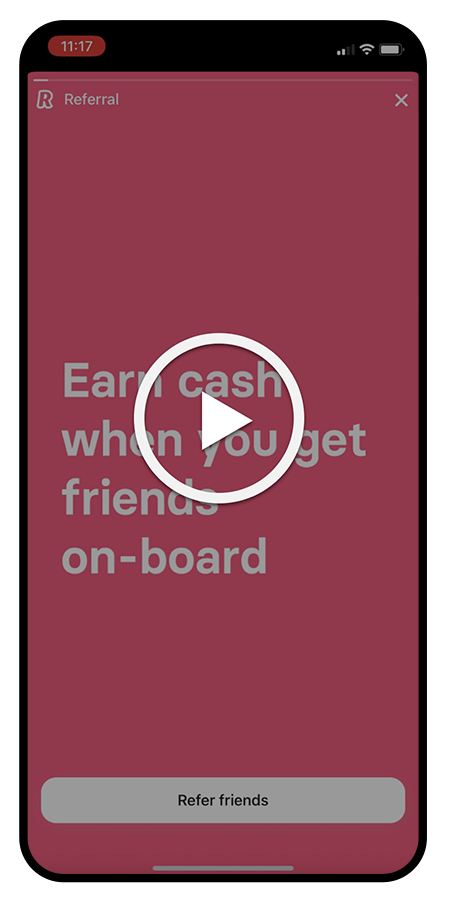What is Gamification?

Sandra Wroe Senior Product Marketing Manager, Airship
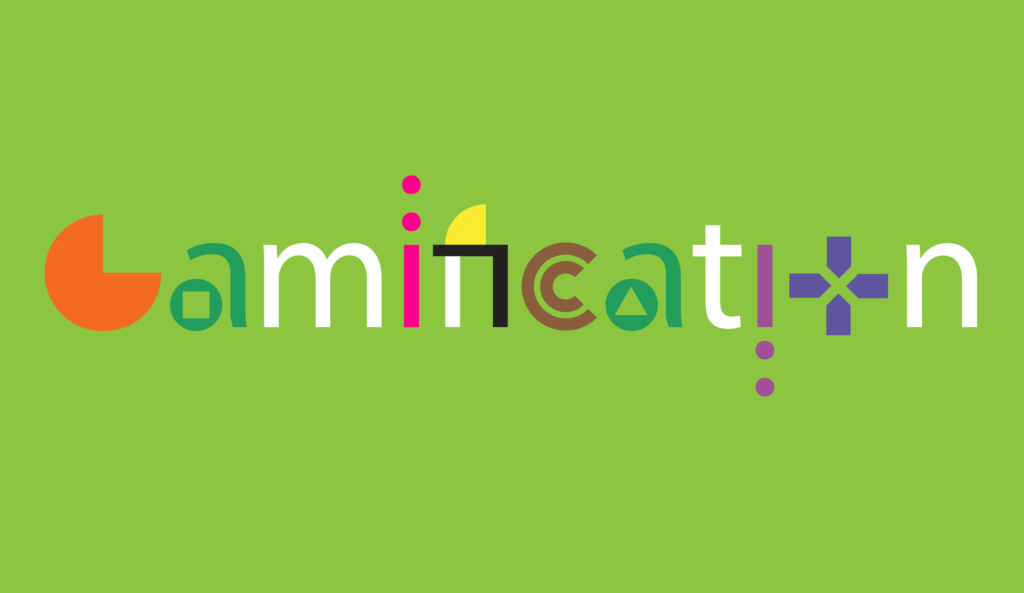
Share to my network
In this article
Categories
Book a meeting
Connect with our team of experts to discuss your conversion and loyalty goals, and how we can help you achieve them faster.
Get a demoGamification is the use of game design elements and mechanisms in non-game contexts. In this series, we will outline the various forms of mobile app gamification, including when you should consider them and how to do them well. The most common objective for gamification is to motivate people to perform certain behaviors, which in a commercial context doesn’t stop at purchases.
Mobile apps driven by subscriptions or ad revenue might employ gamification simply to create a fun experience for their customers and thereby increase the time they spend in the app or their frequency of use. Other objectives include collecting information (think of an interactive quiz), or transforming what would have been an utilitarian task into a challenge or achievement.
The form of gamification you’ll be most familiar with is the points-based loyalty program, but not all gamification needs to come with some kind of discount reward. Brands have many other options to consider, but which ones you should choose depends on your gamification strategy and tactics.
Gamification Strategies
We can define games in part by the strategic goal associated with them – either to drive engagement, which is a relatively short-term strategy, or to drive loyalty, which is more long term.
For engagement strategies, we typically see bite-size gamification elements that can be tried out independently of other games and campaigns. These require a relatively low lift from the brand, while still delivering value to the app customer. Consider an engagement strategy if you’re looking to generate a spike in interest or activity and need a relatively quick turnaround that doesn’t require significant resources.
Bear in mind that even though engagement games can be repeated, their novelty wears off. You’ll likely see less engagement the more you repeat the game. Keep your games fresh as long as possible by mixing up creative, rewards and required actions. For longer-term impact, explore loyalty initiatives with more longevity.
Rather than designed as a one-off engagement, loyalty gamification strategies are “always on” core programs and work to create multiple engagements that together promote customer loyalty. Consider a loyalty strategy if you’re looking for a step change in ongoing engagement and value, rather than merely a spike in interest (with the inevitable trough that follows).
Loyalty and engagement strategies can also work together. If you have a loyalty or refer-a-friend program, you can use a short-term engagement strategy — such as double bonus points, or extra referral rewards during a specific time period — to create a temporary engagement spike for a long-term loyalty program.
To summarize gamification strategy options, think of engagement versus loyalty strategies as one-off versus ongoing and add-on versus value-add, respectively.
Gamification Tactics
Whether you’re using an engagement or loyalty strategy, there are three options to consider for your gamification tactics. You can focus solely on the app customer and their behavior (individual), employ a tit-for-tat agreement between the customer and the app (reciprocal), or aim at connecting the app customer with others (relational).
Individual Tactics
When applying individual tactics to engagement, you don’t always need to include a reward or prize. Simply highlighting a customer’s progress can be enough to create a positive customer experience and give them a sense of achievement. Think of a yearly wrap-up of most-listened-to music or trips taken. Interactive product recommendations such as quizzes also fall into this category, as they gamify product selection and preference setting
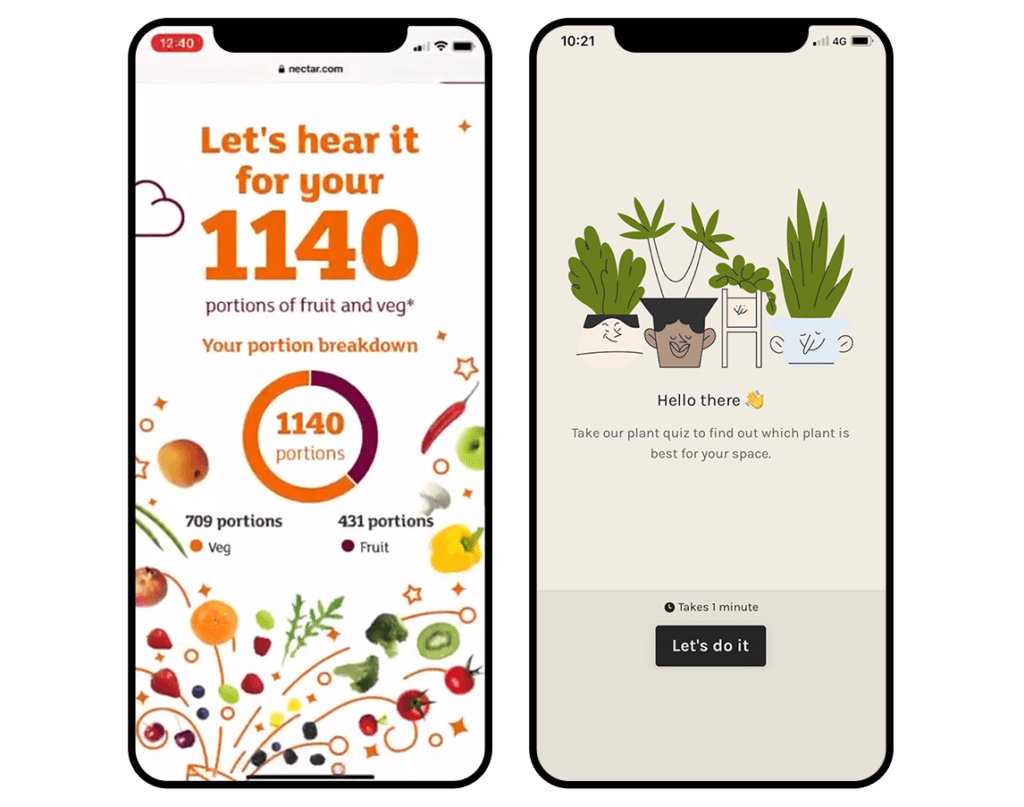
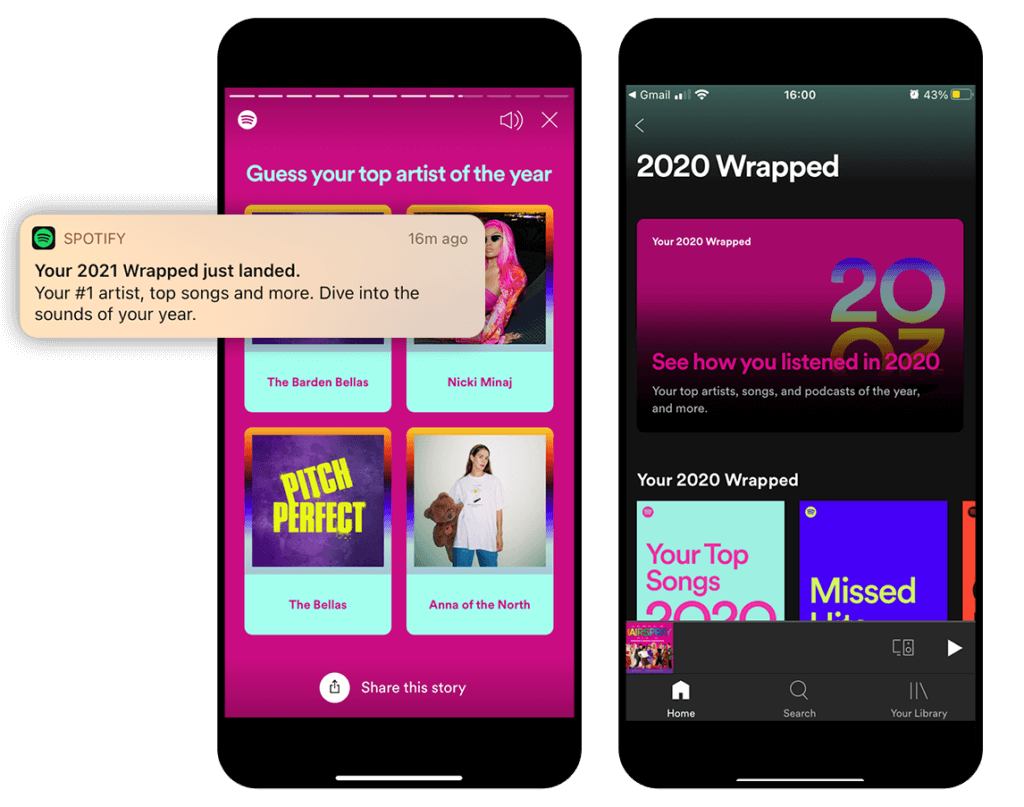
When applying individual tactics to loyalty strategies, use “permanent” ongoing product features of the app — such as progress bars or messages that encourage winning streaks — rather than something “on top” like a competition. Ongoing messages tie into the app’s value proposition and functionality, and offer customers new ways to experience the brand and express themselves. These can have long-term impact on loyalty by encouraging ongoing achievement and exploration.
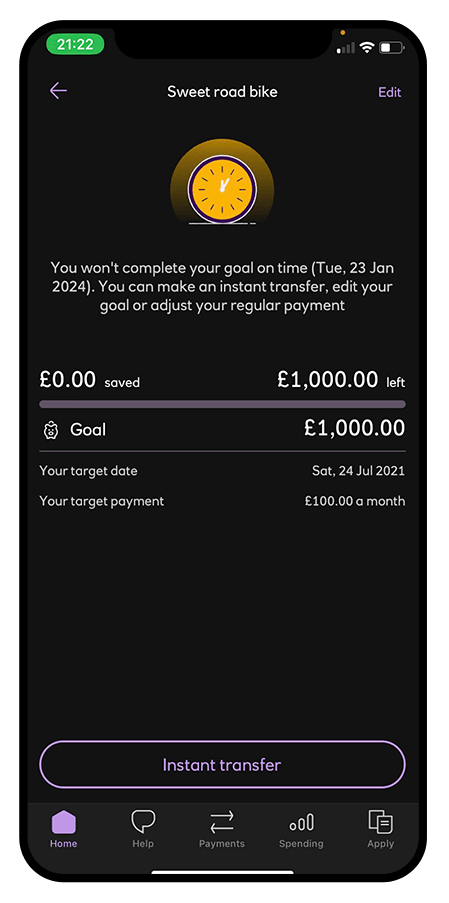
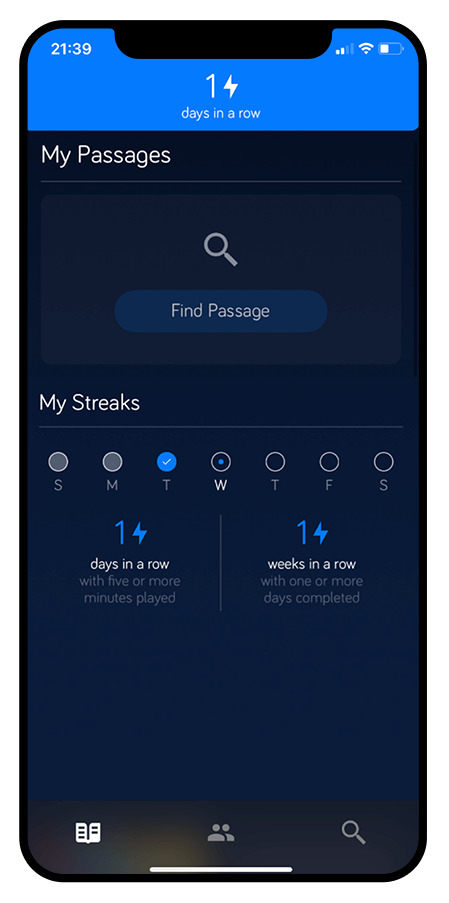

facilitate virtual try-on of its products
Reciprocal Tactics
To use reciprocal tactics for engagement, request an action — such as “make a wishlist” — and offer something — such as “the chance to win.” These tactics typically have short duration but high repeatability. However, their effectiveness often decreases as the novelty wears off.
For example, UK retailer John Lewis encourages app users to create a new wishlist every month by giving them a chance to win items on the list. This means app users need to spend time browsing and selecting products regularly for the chance to win them.
Similarly, food delivery apps often give away prizes and offers to drive users to take action. Deliveroo sometimes shuffles big prizes around to maintain interest. UberEats sometimes baits several offers without revealing the real one until the user opens the push notification or app. Duolingo and ASOS add urgency to their reciprocal gamification tactic by having a limited window on extra “experience points” (XP) and a discount that drops by the hour.
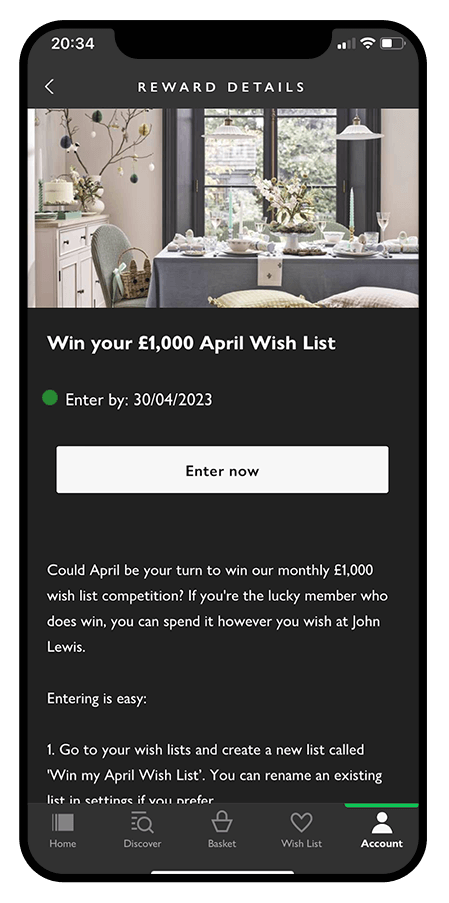
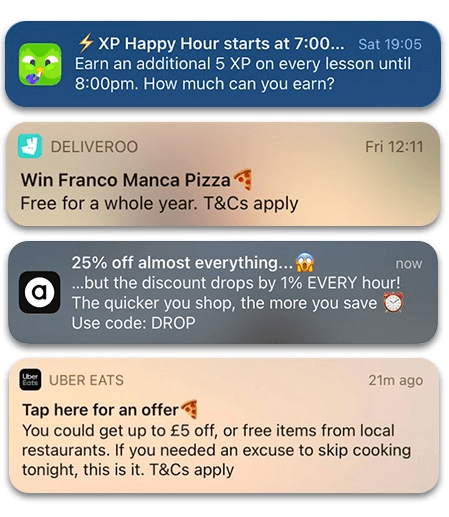
Reciprocal tactics applied to loyalty use the same give-get dynamic, but as sustained programs that encourage specific behaviors with a clear, front-and-center reward structure. Often using points as the gamification mechanics, rewards can include free products, discounts, experiences or exclusive content. These kinds of programs often include different “levels” a user is encouraged to reach, e.g., Silver/Gold/Platinum, which will provide them with more points, more value per points or more exclusive rewards.
Examples of points-based reward programs include those of Holland & Barrett, Beauty Insider, Starbucks and Treatwell. Starbucks frequently uses short-term gamification engagement tactics to increase engagement with its core loyalty program, awarding Bonus Stars and other prizes in their personalized challenges, as well as the Summer Game.
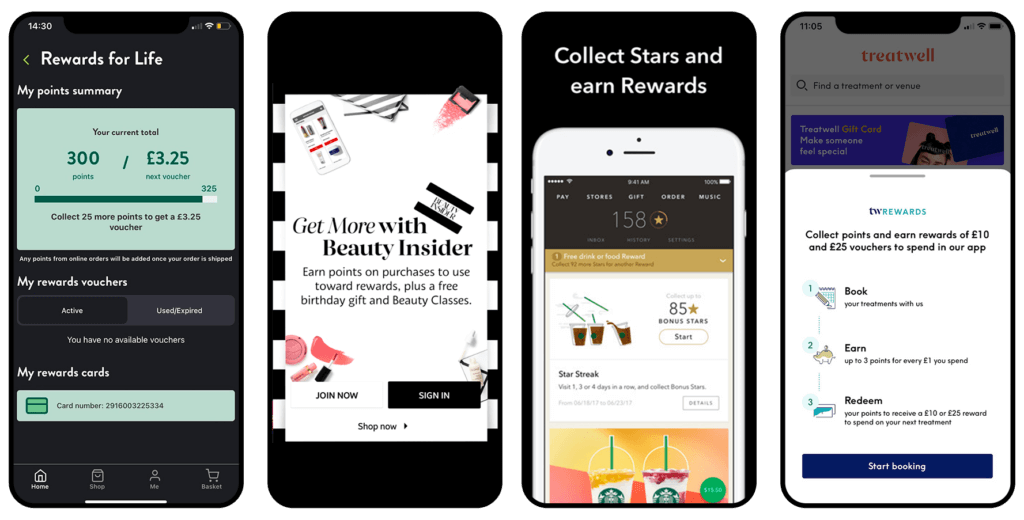
Relational Tactics
You can use relational tactics in an engagement context to drive customers to share some of your brand content on social media, and grow network-effects. Common mechanics include sharing a hashtag, commenting on a page, social leaderboards and user generated content.
For example, the Polka Theatre gives away prizes when sharing pictures of yourself at a performance if you use the show’s hashtag, thus leveraging the audience’s network to create greater visibility for the show.
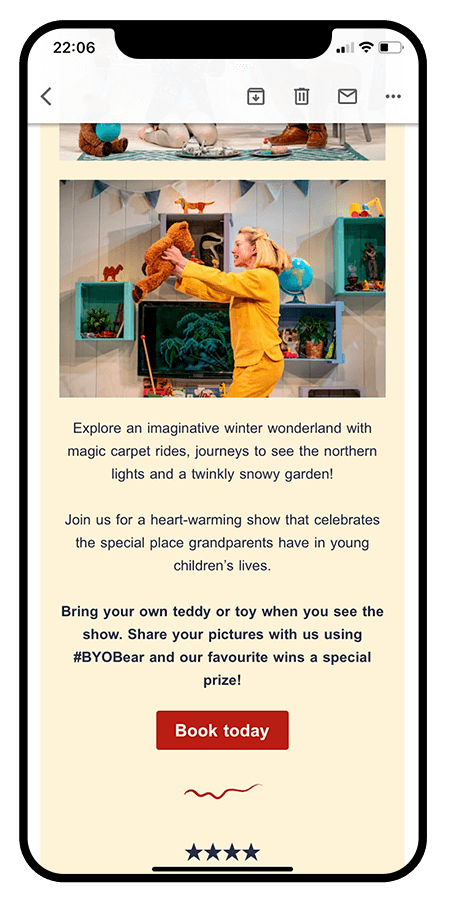
Beauty retailer SpaceNK encourages their customers to generate sign-ups for its always sold-out advent calendar, even creating a leaderboard specifically for this campaign.
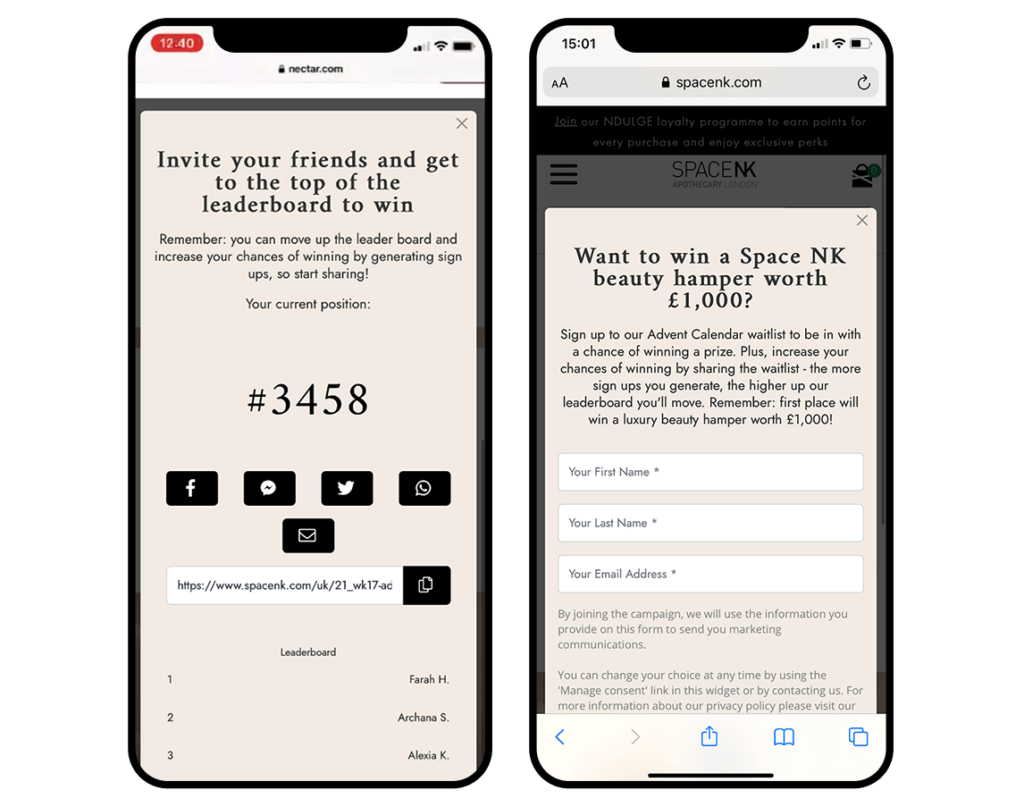
In a loyalty context, relational tactics include communication and reward structures designed to engage customers with other customers. Refer-a-friend programs are the most common, but brands can also facilitate sharing of content or achievements between customers and their friends across social media. Increasingly, brands are building in ways for app customers to thank, congratulate or compete with each other.
For example, the Monzo Bank app will notify you if someone has sent you money and encourage you to “say thank you.” This increases their app engagement for both the sender (who will receive a thank you after they’ve sent the money), and the recipient (who can choose to say thanks in just two simple taps).
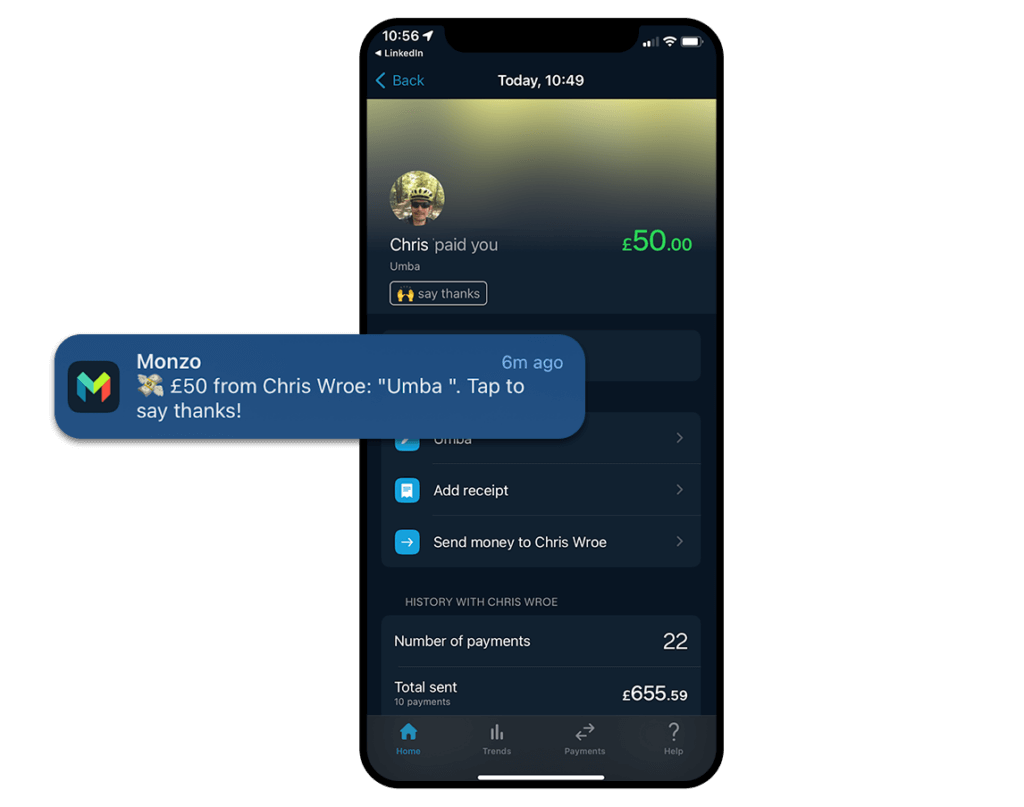
Wordle has used the score sharing mechanic to encourage competition and transform itself into a social rather than purely individual game. Duolingo’s relational gamification strategies are similar.
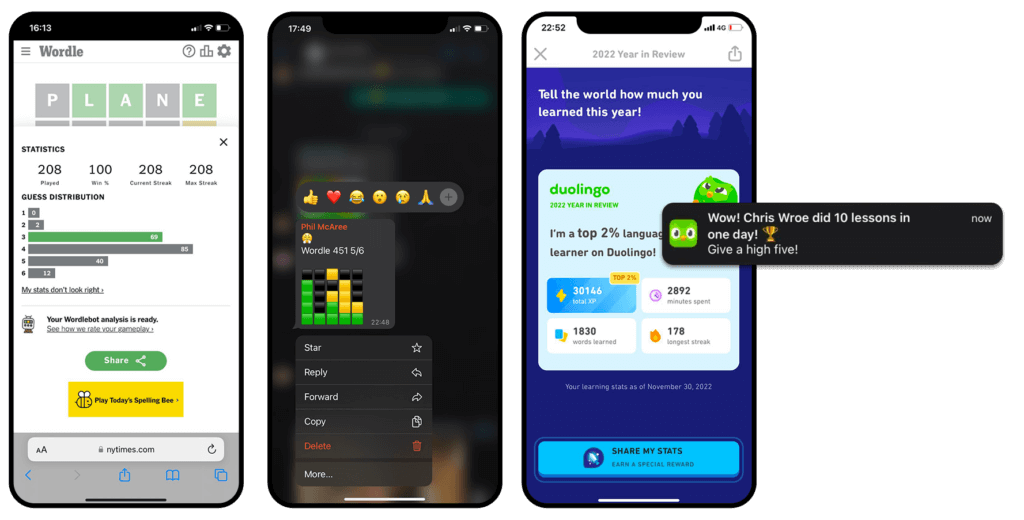
Neobank Revolut’s Refer-a-Friend program offers a clear financial incentive for users signing up their friends.
Which Gamification Strategies and Tactics Are Right For You?
Brands can combine any mix of gamification strategies and tactics, and many do. Short-term, time-bound gains can help meet immediate goals as companies work to better understand, inspire and retain long-term app customers.
In our next post in the Gamification series, When to Play and How to Win, we’ll tackle how to go about choosing the strategies and tactics that are right for your brand.
If you want help today defining your gamification strategies, tactics and experiences, please reach out to your Airship Account Manager. Our Strategic Services can assist you every step of the way.
